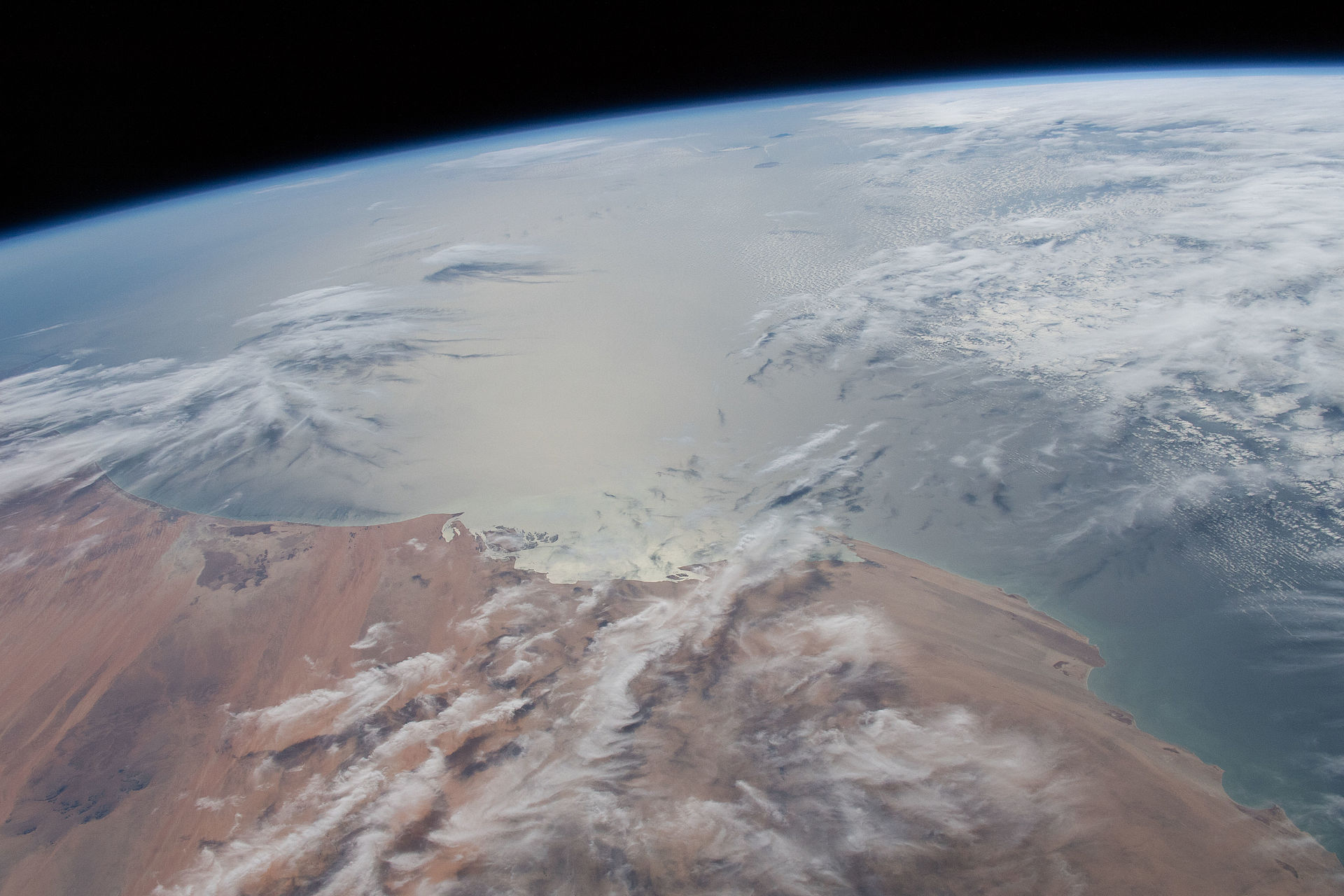4 August 2022. Unfortunately, the developments of the last few weeks did not really surprise me. When Russia launched its war of aggression against Ukraine at the end of February, it quickly became clear to me that this horrendous act would not remain without drastic consequences for many international projects – including the aerospace sector. After the end of the European-Russian Mars mission ExoMars, the end of launches with the Russian Soyuz rocket from the European spaceport Kourou (effecting the cancellation of the planned launch of two further Galileo navigation satellites) and the provisional end of all cooperation in science, the Russians have now also cancelled cooperation on the International Space Station ISS. Although the Russians will fulfil the current contracts until 2024, after that they want to pull out for good and set up their own station in space. I could well imagine that they will first uncouple their own modules and continue to operate them as a smaller station. Possibly they will dock something new later.
Withdrawal from the ISS and construction of a Russian station
For me as a space entrepreneur, this decision was of course somehow foreseeable; the provocations of the recently recalled Roscosmos Director General Dmitry Rogozin were too shrill and martial. He had alternately threatened to deorbit or shut down the ISS. His successor Yuri Borisov is now literally pulling the plug – and in the same breath announces a Russian space station of its own. This would mean that there would soon be three space stations orbiting Earth: the ISS, the Chinese space station "Heavenly Palace", which has been permanently inhabited since the beginning of June 2022, and the announced Russian station.
What comes after the ISS?
In any case, the ISS is to be brought down in a controlled manner by 2030 at the latest. Until then, however, continued operation is possible without Russia. The Americans now have the transport of astronauts independently under control. And the orbit correction of the ISS, i.e. the firing of thrusters to compensate for the station's descent due to the braking effect of the residual atmosphere, is also possible through the American supply module Cygnus. The manoeuvre was last carried out successfully at the end of June 2022. Nevertheless, the ISS will have reached the end of its life cycle by the end of the decade. This raises the question of what comes after it. And a decision must be made on how the West will position itself in LEO, i.e. the low Earth orbit between 200 and 2000 kilometres above the Earth.
NASA took an important step in this direction in December 2021. The US space agency commissioned three private companies to develop a new space station and awarded a total of 416 million dollars for it. One of these planned stations is called "Orbital Reef" and is being led by the US companies Blue Origin (belongs to Amazon) and Sierra Space (belongs to the technology group Sierra Nevada). Another project is called Starlab (Nanoracks and Lockheed Martin). A third, as yet unnamed station is being developed by defence contractor Northrop Grumman.
All the companies pledged at a conference in Washington at the end of July to have their projects operational in orbit on schedule by the end of the ISS in 2030. A fourth company, Axiom Space, is pursuing a different concept: As a close partner of NASA, it wants to add its own first module to the existing ISS as early as the end of 2024. Others are to follow by 2030 – and then continue to orbit around the Earth as a private space station without the old ISS modules.
A colourful business park in space
What unites all these concepts is that they are available to many different users due to their business model, private companies as well as scientific institutions, but the stations could also serve as hotels for space tourists. What is planned for LEO in the future can also be described somewhat flippantly as a colourful business park in space. I don't mean that disparagingly at all: It is only logical to take the trend towards commercialisation of space into account when thinking about the future of space stations. And I have always been a great advocate of competition in space flight. Why shouldn't that also be a working principle for space stations? However, I don't think there will be more than two commercial stations in LEO.
As a space entrepreneur from Germany, I am of course interested in what opportunities there are for European companies in this context as well. OHB is definitely involved in this future field. Recently, we signed an agreement with Sierra Space to collaborate on the Orbital Reef project. In this way, we are securing the possibility of using the station for European purposes in the field of human space flight and research. It is incredibly important from a European perspective to continue to be strong, independent and innovative in space. Especially now that we have to realise that international cooperation as before is over once and for all – even in space. We are also discussing a possible collaboration with Axiom. A first meeting with the CEO Michael Suffredini was promising. The end of the cooperation with the Russians will not only affect future space stations, but also the plans for the Moon. There, ESA wanted to carry out the Luna missions together with Roskosmos. This was to test new equipment and technologies.
From the Gateway to the Moon, Mars and Saturn's moons
What is being pushed further in connection with the Moon and completely without Russia is a space station in lunar orbit – the Lunar Gateway. The planned station is being developed and built by NASA, ESA, the Japanese space agency JAXA and Canada's space agency CSA. OHB is also involved in one of the European modules here. Russia was initially involved in the project, but dropped out at the beginning of 2021.
According to current plans, the station is to go into operation in 2027, but unlike the ISS, it will not be permanently crewed. Rather, the Gateway will be used to transport astronauts to the lunar surface with the American Artemis missions. In the 2030s, humans could undertake journeys from the Lunar Gateway towards Mars or even to Saturn's moons.
However, this is all still up in the air. In the here and now, there is a terrible war on Earth in Ukraine and a front line in space that I cannot call anything other than a new Cold War. It cannot be ruled out that Russia will renounce its own space station and turn to China to move into the "Heavenly Palace" – after all, there is already a declaration of intent between the two nations for a joint base on the surface of the Moon. Then the old blocs of East and West would again be facing each other as they did in the decades after the Second World War. That is not a promising prospect for the problems we can solve on this planet only together and not against each other. But I am and remain confident. Space flight has succeeded once before in getting Russians and Americans to shake hands in the middle of the Cold War: in 1975, when an Apollo spacecraft docked with a Soyuz spacecraft in the first joint project between the two countries and the space travellers shook hands in space.
Personal details:
Born in 1962, Marco Fuchs studied law in Berlin, Hamburg and New York. He worked as an attorney in New York and Frankfurt am Main from 1992 to 1995. In 1995, he joined OHB, the company that his parents had built up. He has been Chief Executive Officer of OHB SE since 2000 and of OHB System AG since 2011. Marco Fuchs is married and has two children.





